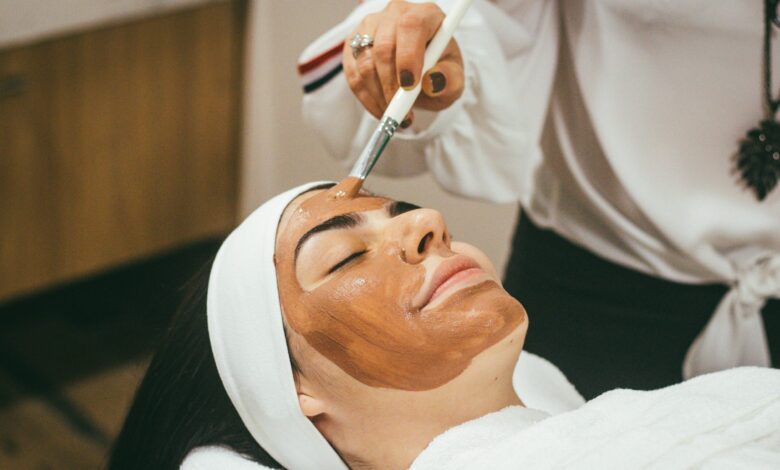How to improve your hotel spa
Among the many amenities offered by hotels, spa facilities play a pivotal role in attracting and retaining guests. However, to remain competitive and meet the changing needs of clientele, periodic refurbishment and updates to spa offerings are essential

Before undergoing a spa refurbishment, it is crucial to conduct a thorough assessment of your current spa facilities and offerings. This includes gathering feedback from guests through surveys, reviews, and direct communication so that you can better understand what aspects of the spa guests appreciate, and which areas need improvement.
Keeping an eye on trends within the spa and wellness industry and conducting your own market research will also positively influence your spa offerings. From wellness-focused treatments to sustainable practices and advanced technology integration, identifying emerging trends will help shape the direction of your spa refurbishment project.
Additionally, analysing competitor spas can provide inspiration and insights into innovative services and amenities.
A successful spa refurbishment goes beyond cosmetic updates; it involves enhancing the entire guest experience. Consider the following elements when updating spa facilities:
Layout and design: Evaluate the spatial flow of the spa to optimise guest comfort and accessibility. Incorporate elements of tranquillity and natural light into the design to create a serene ambiance conducive to relaxation.
Treatment rooms: Invest in upgrading treatment rooms with premium amenities such as heated treatment tables, adjustable lighting, and sound systems for immersive experiences. Consider adding specialty rooms for couples’ treatments, group sessions, or specific therapies like hydrotherapy or aromatherapy.
Water facilities: Enhance water facilities such as pools, jacuzzis, saunas, and steam rooms to elevate the spa experience. Integrate features like chromotherapy lighting, saltwater pools, or experiential showers for added luxury and wellness benefits.
Fitness and wellness areas: Expand wellness offerings beyond traditional spa treatments by incorporating fitness facilities, yoga studios, meditation spaces, and outdoor activity areas. Cater to guests seeking holistic wellness experiences that encompass physical, mental, and emotional wellbeing.
Technology integration: Leverage technology to enhance guest convenience and personalisation. Implement digital booking systems, mobile apps for spa reservations, and interactive touch screens for browsing treatments and amenities. Additionally, explore innovative spa technologies such as virtual reality relaxation experiences or biofeedback monitoring for tailored wellness programmes.
Sustainable practices: Incorporate eco-friendly initiatives into spa refurbishment efforts by using energy-efficient lighting, sustainable materials, and environmentally conscious amenities. You should also consider using sustainable skincare products and organic treatments to align with the growing demand for eco-conscious hospitality experiences.
What’s more, a diverse spa treatment menu is essential for attracting guests that are seeking hotel stays exclusively for their spa facilities. When updating your spa offerings, consider the following strategies:
Holistic wellness therapies: Holistic treatments address mind, body and spirit, such as acupuncture, Ayurveda, reflexology, and energy healing modalities.
Specialised skincare: Consider partnering with a reputable skincare brand to address guests’ specific concerns, whether it be anti-aging, hydrating, or rejuvenating. Other spas have developed their own products, such as Champneys or Sanctuary Spa.
Wellness programmes: Curate wellness programmes focused on detoxification, stress management, sleep optimisation, or fitness goals. These targeted sessions will offer guests comprehensive experiences that extend beyond individual treatments.
Cultural and local immersion: Incorporate indigenous healing traditions and local ingredients into spa treatments to provide guests with authentic cultural experiences, rooted in the destination’s heritage.
When embarking on the spa refurbishment process, you must consider a range of different factors and carefully plan, coordinate and execute the following steps:
Planning and budgeting: Define the scope of the refurbishment project, establish a budget, and create a timeline for completion. Consider hiring design consultants, architects, and spa experts to assist in the planning phase.
Design and concept development: Collaborate with design professionals to conceptualise the updated spa layout, aesthetics, and ambiance. This is where incorporating the feedback from stakeholders, including hotel management, spa staff and potential or returning guests, will come in very handy.
Construction and renovation: Execute the refurbishment plan, coordinating construction activities, sourcing materials, and overseeing installation of spa equipment and amenities. While the renovation goes on, you need to minimise disruptions to guest experiences by scheduling renovations during off-peak seasons or phased closures.
Training and staff development: Provide comprehensive training for spa staff on new treatments, technologies, and service standards to ensure seamless integration of updated offerings. Empower employees to deliver the best possible guest experiences and uphold the spa’s reputation for excellence.
Marketing and promotion: in the run-up to unveiling your new facilities, generate excitement and anticipation for the refurbished spa through targeted marketing campaigns, social media engagement, and collaborations with influencers or wellness experts. You can reel them in by highlighting the unique features, benefits, and experiences awaiting guests at the revitalised spa.









